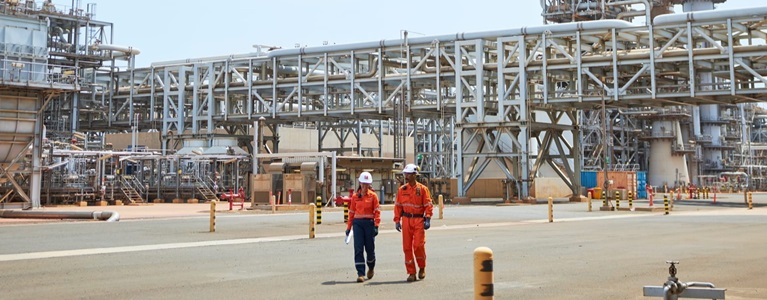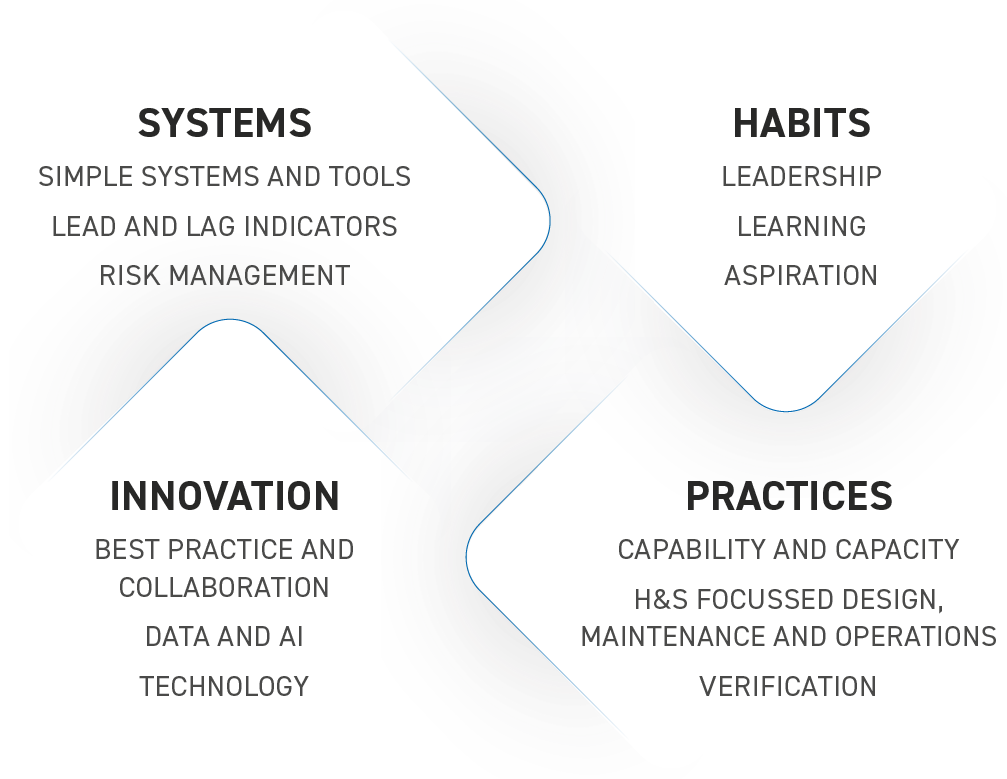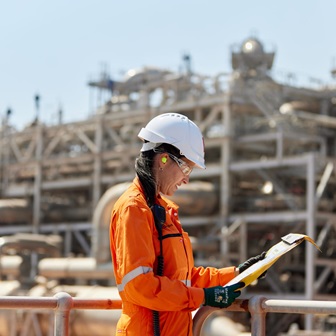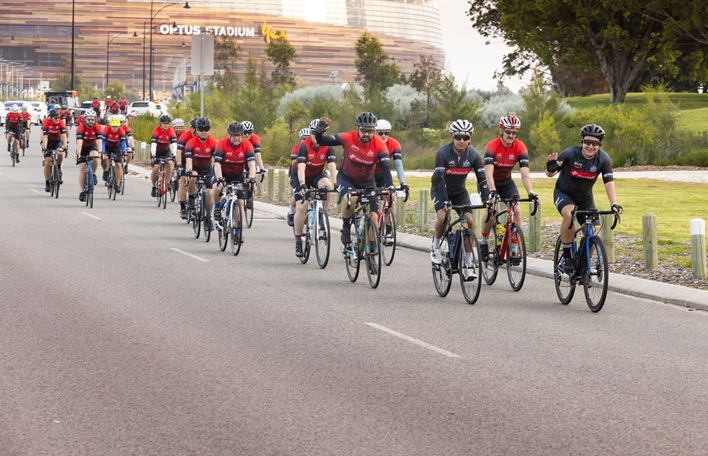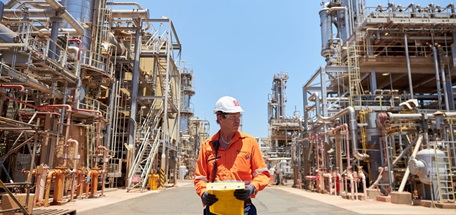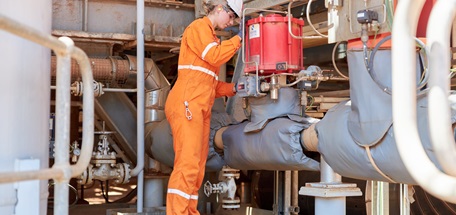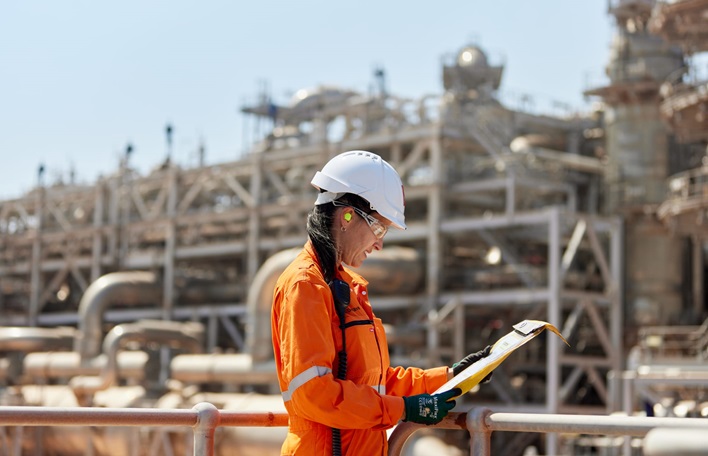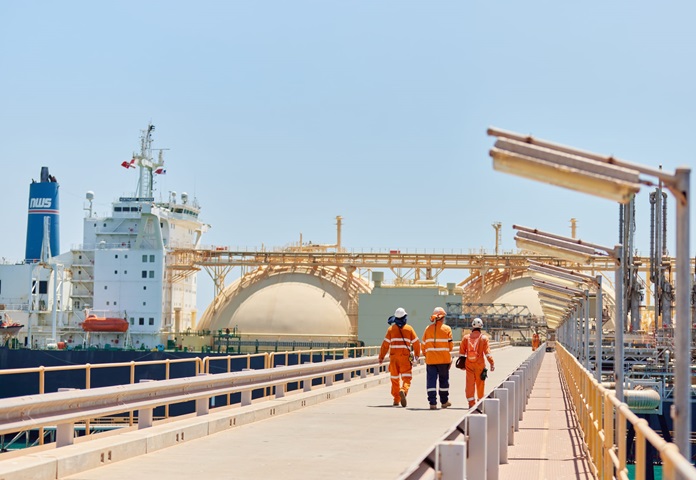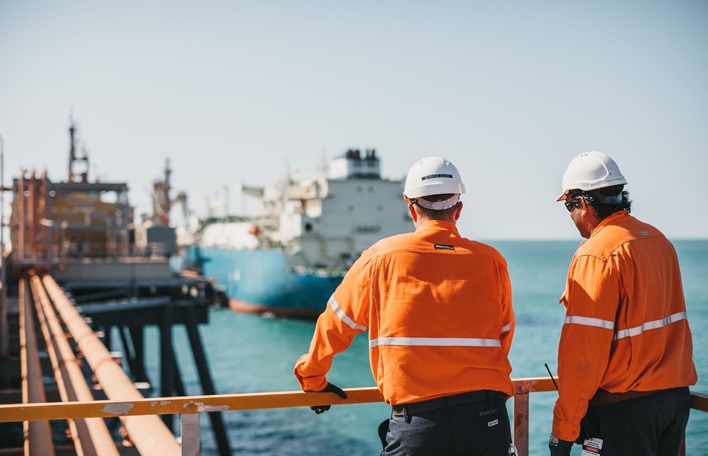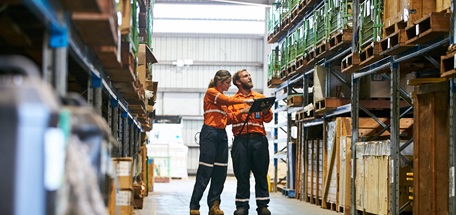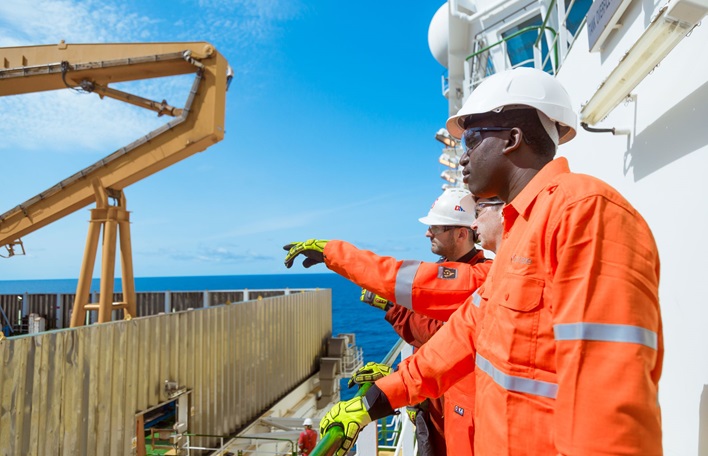Our Total Recordable Injury Rate (TRIR) was 2.44 with 57 recordable injuries in 2024. The main injury types were lacerations, wounds and soft tissue injuries. One high consequence injury, with recovery extending beyond six months, was recorded in 2024.
Our Total Recordable Occupational Illness Frequency (TROIF) increased to 1.42. There were a total of 33 recordable occupational illnesses in 2024. The illnesses included musculoskeletal disorders, noise induced hearing loss, eye irritation and heat illness.
In early October 2024, the tragic death of an employee of one of OCI’s construction contractors occurred at the project site. OCI’s investigation into the incident is ongoing at this time. This tragic incident is not included in Woodside’s statistics2 based on the applicable Health, Safety and Environment mode of contracting. In the last 18 months we have undertaken a number of safety reviews (both internal and external), identifying common focus areas and executing tailored action plans across the regions. The International Business Process Safety Improvement Plan and the management system simplification activities led by the Australian business will uplift the capability and effectiveness of our people while ensuring we have the critical hardware controls needed for ongoing safe operations.
In 2024, we trained, assessed and assured 65 additional employees to a ‘skilled’ level of competency in process safety critical roles (PSCRs). Over 1,200 employees and contractors were trained in the Field Leadership Program. Woodside’s Field Leadership Program provides a structured approach to work team engagement. Leaders build their understanding of onsite work practices and develop the leadership skills that aim to lead to a safer workplace by fostering a culture of openness, learning and continuous improvement.
In October 2024, we embraced Stand Together for Safety globally during Australia’s National Safe Work Month on the theme “Preventing harm depends on us, that’s why I get involved”, encouraging regional teams to have vital conversations about why safety matters to us. In 2024 we published our refreshed Global Wellbeing Framework. The framework aims to enable individuals and leaders to cultivate a work environment where everyone can flourish. Importantly, the ‘protect from harm’ element includes the treatment of psychosocial hazards within the same framework as physical hazards.To promote employee wellbeing we facilitated access to non-occupational medical and healthcare services through benefitssuch as gym membership subsidies, wellness reimbursements and health plans. Our fully subsidised Employee Assistance Program (EAP) provides voluntary access to professional, confidential coaching and support for employees and eligible family members. All reporting from our EAP provider is aggregated and de-identified to maintain confidentiality.


